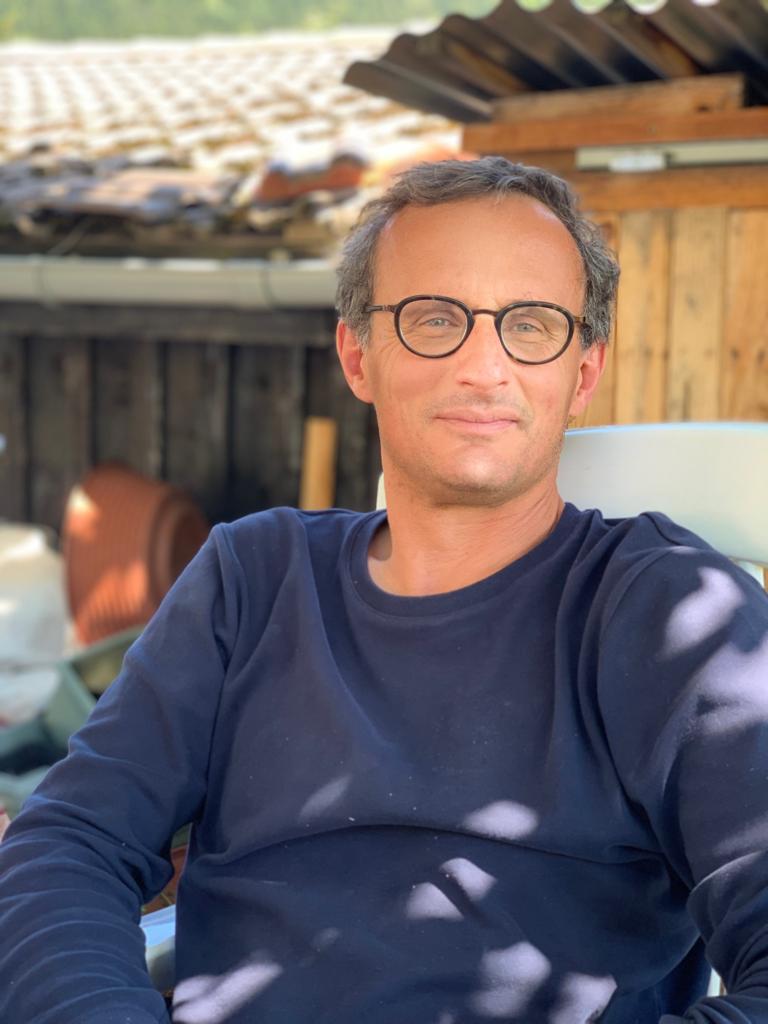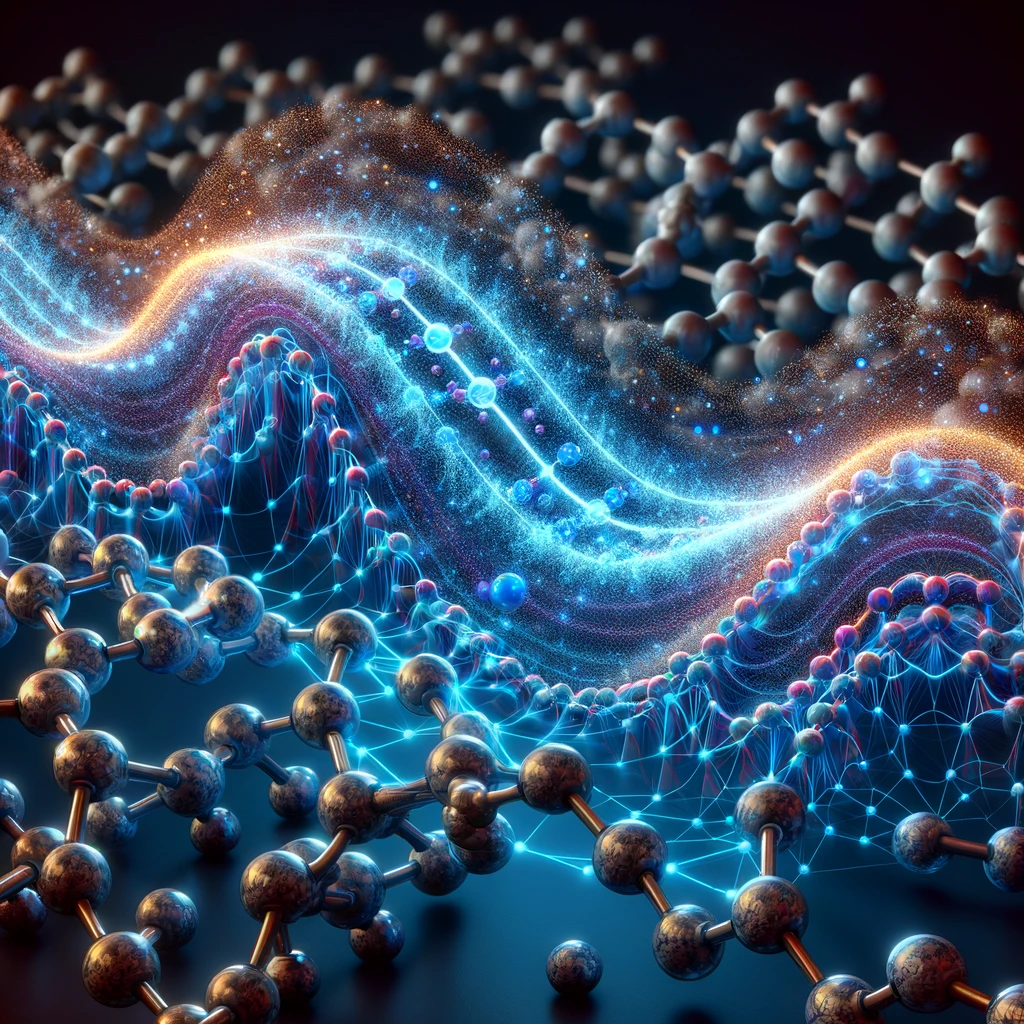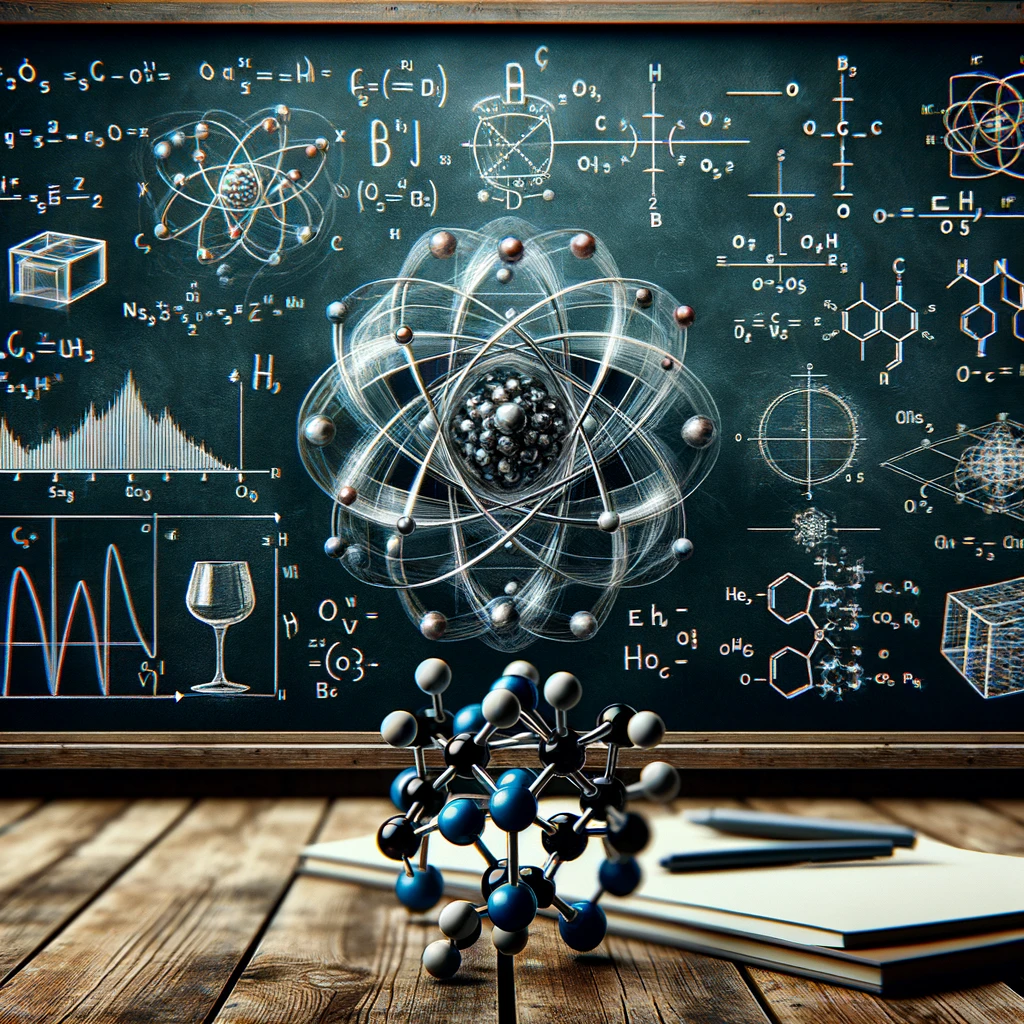
Molecular magnetism
By means of wavefunction-based calculations, low-energy spectra can be determined and further analyzed. From demanding expansion of the wavefunctions (ab initio CASSCF type, and beyond), information ca be extracted to validate and rationalize experimental observations. Recently, the concept of spinmerism has emerged, as an extension of mesomerism to spin degree of freedom. Such picture somewhat expands the traditional spin-coupled (spin Hamiltonians) and spin-crossover views attributed to magnetic systems. Applications of inorganic compounds built on spin-crossover ion and radical ligand are being considered for spin-qubits generation.

Quantum transport
Electronic transport in molecules may not be described by molecular pictures. The main issues emerge from the non-equilibrium description of a molecular system contacted to semi-infinite electrodes. An alternative relies on a master equation using ab initio information extracted from the spin states wavefunctions. The multi-configurational electronic structure of the molecular junction has considerable impact on the characteristic i-V curve, and questions the relevance of orbital-based analysis.
Investigating the quantum transport of charge, energy, or information at the nanoscopic level. This framework can be extended to open quantum systems, where interactions with the environment play a crucial role and lead to decoherence, dissipation, and exotic phenomena.


Theoretical and Numerical developments
Theoretical developments are constantly carried out to reach spectroscopy by means of orbital optimizations and the combination of perturbation theories. With a democratic description of ground and excited states goal in mind, the state specific construction of molecular orbitals might be desirable to reach spectroscopic accuracy and to deliver a compact form of the wavefunction.
In the mean time, strategies based on a partitioning of the Hamiltonian derived from the Rayleigh -Schrodinger (effective Hamiltonian theory) and Brillouin-Wigner expansion (RSBW and iterated RSBW) are pursued to reduce perturbations expansions and move away from size-consistency discrepancy.
Developing innovative methodologies to address the complexities of quantum many-body systems. This involves creating new theoretical tools to solve the Schrödinger equation for systems with a large number of interacting particles, including electrons and/or bosons. The goal is to enable accurate predictions of electronic structures, photochemical properties, and strong light-matter coupling at the ab initio level.
Developing open-source numerical packages to solve problems in quantum chemistry and physics. This includes creating advanced algorithms and accessible computing tools to benchmark new methodologies.
Molecules and light
Owing to their strong absorption in the UV−visible region of the spectrum and long-lived excited states, transition metal complexes have become a central component for a variety of applications, such as photocatalysts, dye-sensitized solar cells (DSSCs), and organic light emitting diodes (OLEDs).
The rich electronic flexibility associated with their ability to bind various ligands and to link polymers, wires, proteins, and DNA opens the route to a number of functions, such as luminescent or conformational probes, diagnostic or therapeutic tools, photoswitches, and long-range electron transfer triggers.
The photophysics, photochemistry and (chiro)-optical properties of coordination compounds are investigated by means of various theoretical methods including density functional theory and multi-reference wavefunction approaches. Within the basis of spin−orbit and vibronically coupled Born-Oppenheimer electronic states, a realistic picture of the ultrafast (fs-ps) non-adiabatic dynamics is provided by solving the nuclear time-dependent Schrödinger equation. Quantum simulations in real time allow the interpretation and control of spin-vibronic mechanisms in coordination chemistry.

Ensemble density functional theory of electronic excitations
Standard density functional theory (DFT) is a pure-ground-state electronic structure theory. It can be extended, in principle exactly, to both neutral and charged excited states via the so-called extended N-centered ensemble formalism, where the basic variable is a weighted sum of ground- and excited-state electronic densities. The ensemble Hartree-exchange-correlation (Hxc) density functional (from which the electronic repulsion energy in both ground and excited states can be evaluated) varies with the ensemble weights. This weight dependence, whose modelling is still highly challenging, plays a central role in the description of the discontinuities that the Hxc density-functional derivative (the so-called Hxc potential) exhibits when an electronic excitation occurs. This fundamental feature is directly related to the exactification of Koopmans’ theorem in DFT.

Quantum embedding theory of strongly correlated electrons
Density matrix embedding theory (DMET) is a quantum embedding electronic structure theory where the locality of strong electron correlation is exploited. In DMET, the (extended or molecular) system under study is fragmented. A localised orbital basis is used for that purpose. Each fragment, which can be seen as an open quantum subsystem (because of the entanglement with its environment), is then embedded into a quantum bath which consists of orbitals (as many as in the fragment) that are delocalised over the fragment’s environment. The Schrödinger equation is then solved for the closed and reduced-in-size fragment+bath system (the so-called embedding cluster) from which the properties of the fragment can be deduced. While the procedure is exact for noninteracting (or mean-field) electrons, it is still unclear how to optimally construct a systematically improvable embedding for interacting electrons, ideally from an in-principle exact formulation of the theory. For that purpose, connections with density functional theory, one-electron reduced density matrix functional theory, as well as quantum information theory are currently explored, for example.

Images generated by Guillaume Rouaut with DALL.E (OpenIA image generator).




